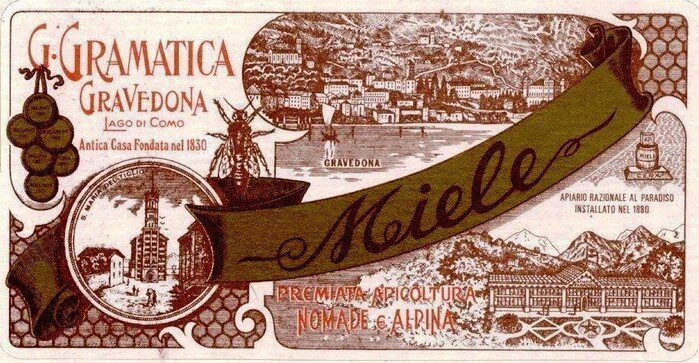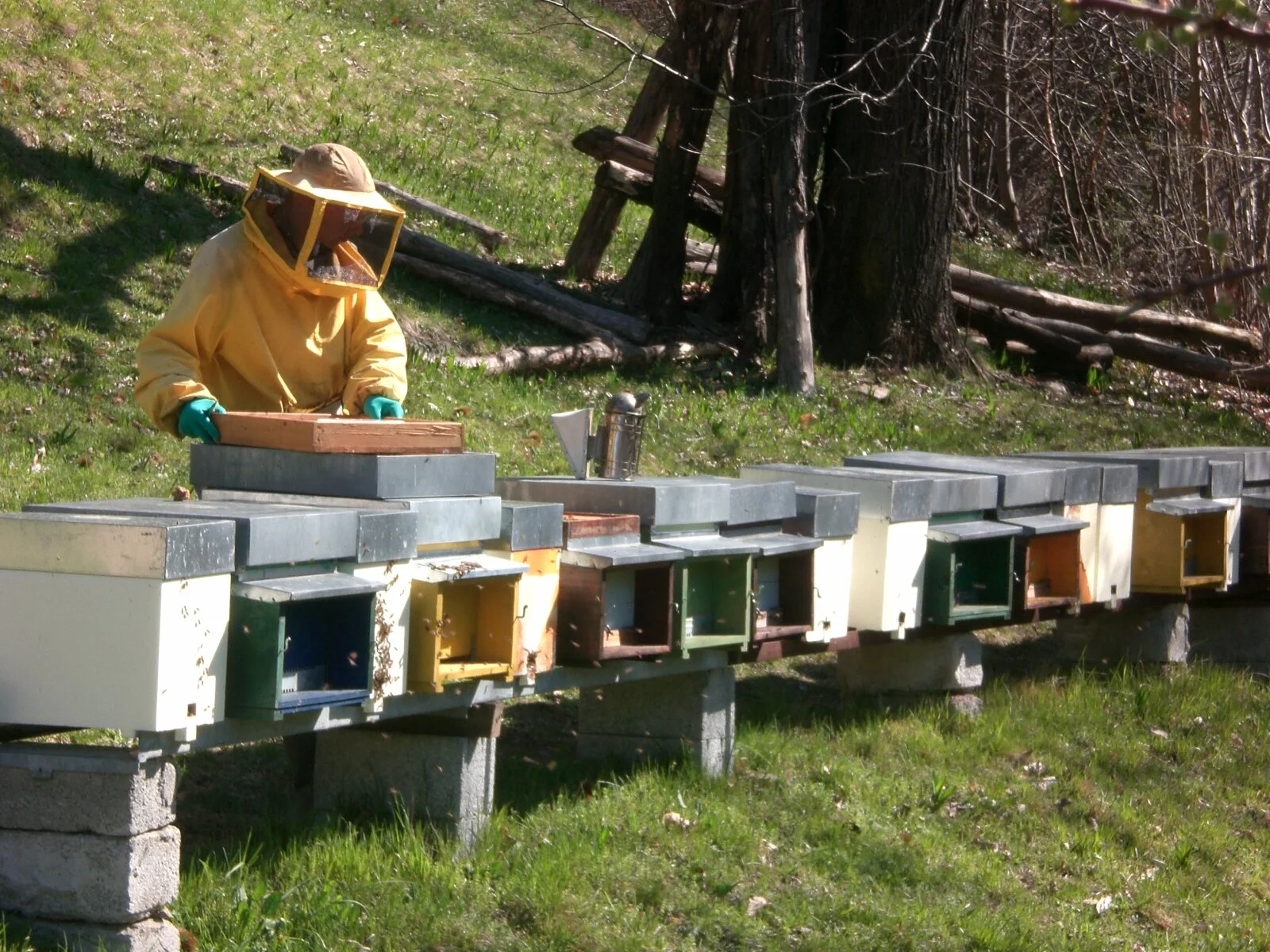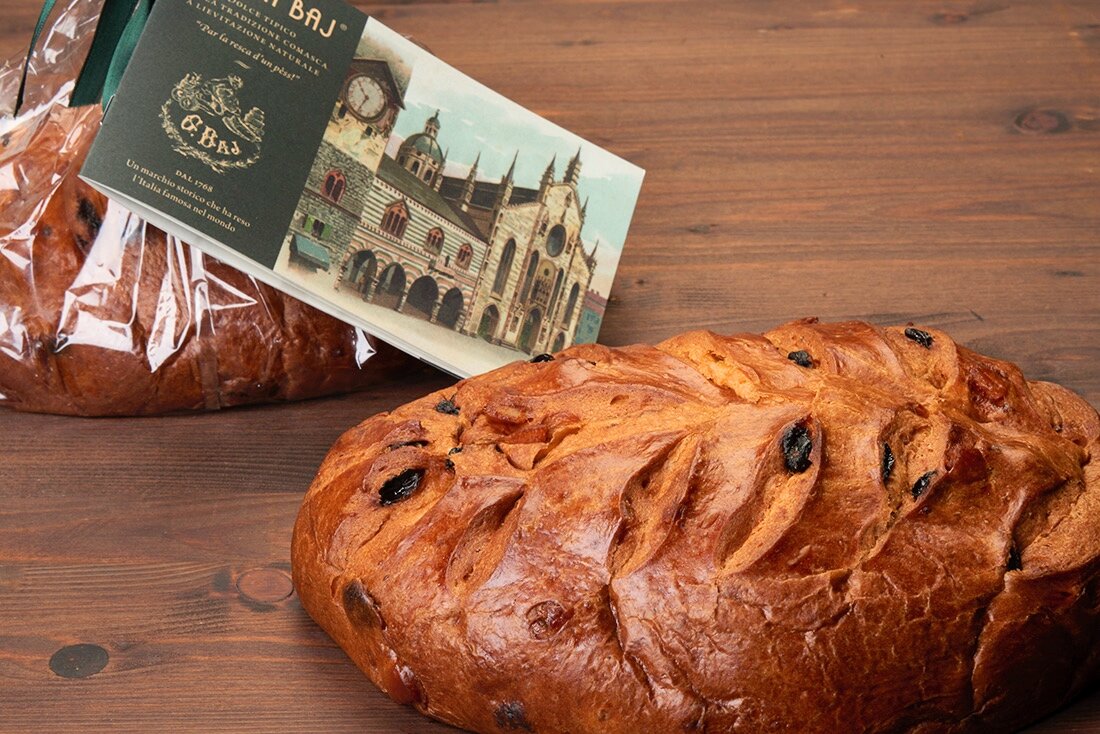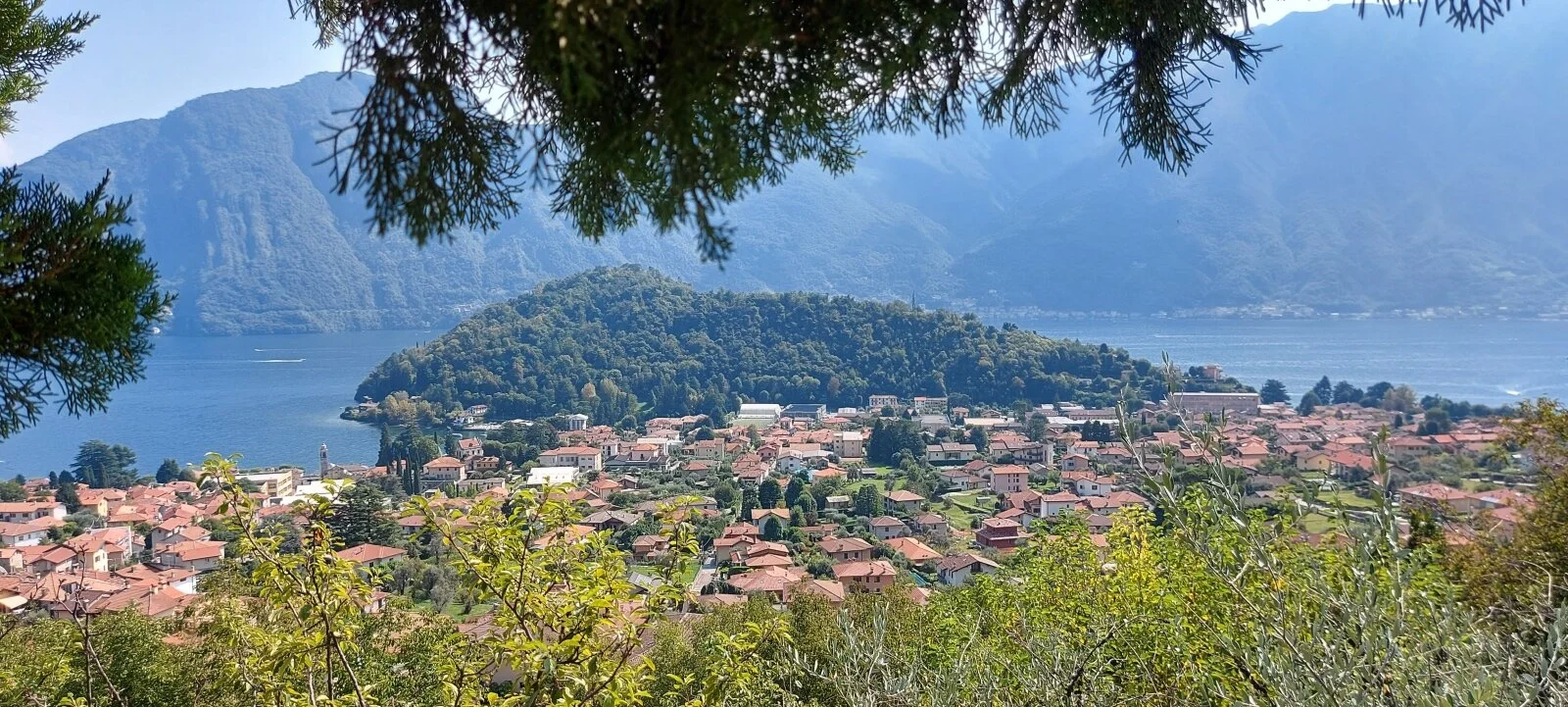If You Like Honey, You Have To Try The Lake Como One: Here’s Why
Image via Pexels
If bees disappeared from the earth, men would have only four years of life left.
A. Einstein
It’s a matter of fact that in these bitter times (well, there’s no better adjective for this 2020 than bitter) we all need a bit of sweetness.
To stay on topic, are you a lover of honey like us?
If so, you’ll be pleased to know that on Lake Como there are quite a lot of beekeepers. What’s more, most of them are young people who believe in the potential of this business and continue to invest in it (have a look at Aurora and Marco’s story, for example).
Image by Apicoltura Beesbino
This is confirmed by a recent survey by the Milano Chamber of Commerce in collaboration with Coldiretti Lombardia: with 104 registered activities, Como and Lecco represent the "third Lombard hub" for honey production, second only to Brescia (119) and Bergamo (110) .
Apicoltura Ca’ Martino in Valsassina
Fun fact: one of the first studies on the world of bees and the production of honey was done by an illustrious philosopher from Como, Pliny the Elder.
One of the oldest beekeeping of Lake Como is in Gravedona ed Uniti (Northern Lake Como) and dates back precisely to 1830: Apicoltura Gramatica. Their historic archive of old promotional fliers is just amazing, have a look!



But why Lake Como honey is so special?
Why Lake Como honey is truly unique
Lake Como honey boasts very peculiar organoleptic features: bear in mind that this honey is born in a territory - the pre-Alps - that is mitigated by the lake all year round.
This allows a fact that is quite unusual in the environments close to the Alps: the flourishing of an extremely varied Mediterranean flora. Have you ever noticed it while walking on Lake Como? It's a kind of botanical miracle, let's put it this way.
The result is that the bees of Lake Como enjoy an incredibly varied pasture, season after season. Furthermore, local beekeepers run the practice of nomadism: they move the hives following the flowering of the different plants. That’s exactly how the bees can always enjoy a top quality nectar, and be happy.
Image by Agriturismo Ca’ Martino
Beehives at Lake Como. Pic by Simone Pasinato, Ape Campagnola Beekeeping
Remember that it’s also thanks to the tireless work of pollination by bees that Lake Como is such a healthy environment rich in biodiversity.
Pic by Simone Pasinato, Ape Campagnola Beekeeping
Types of local honey
Honey is honey, you say? Well not properly.
Ad a result of the technique of nomadism, Lake Como honey varies significantly in color and flavors based on the different components of the nectar.
Image by Società Agricola Agape
So we have:
Acacia or Robinia (widespread in the hills)
Chestnut (typical of the mountains of the Triangolo Lariano, Northern Lake Como and Valle Intelvi)
Tiglio (in Valle Intelvi and Val Cavargna there are huge wooded areas of lime tree!)
Melata
Millefiori
High mountain honey
Raspberry, Rhododendron (typical of Monte Bregagno) and Ailanto, the niche ones
There’s something for all tastes!
Honey from Agriturismo Ca’ Martino
2 iconic local desserts that include honey
There are some typical desserts of Lake Como that use local honey: this is another proof of how deeply this natural product is rooted in our culture.
Here are two examples:
Mataloch, which has always been considered the Christmas cake of Lake Como. Once this dessert was the breakfast of the fishermen of Bellagio, which is why it had to be rich in vitamins and proteins. In the original recipe there is, of course, a spoonful of honey!
Resta: despite its uncertain origin, the Resta is definitely a kind of panettone linked to Easter time, specifically to Easter Sunday. The ingredients are very simple: flour, water, butter, natural yeast, eggs, sugar, dried fruit, and of course… honey.
There are some typical desserts of Lake Como that use local honey: this is another proof of how deeply this natural product is rooted in our culture.
Here are two examples:
Mataloch, which has always been considered the Christmas cake of Lake Como. Once this dessert was the breakfast of the fishermen of Bellagio, which is why it had to be rich in vitamins and proteins. In the original recipe there is, of course, a spoonful of honey!
Resta: despite its uncertain origin, the Resta is definitely a kind of panettone linked to Easter time, specifically to Easter Sunday. The ingredients are very simple: flour, water, butter, natural yeast, eggs, sugar, dried fruit, and of course… honey.
Where you can buy a delicious local honey at Lake Como
Here we’ve prepared for you a list of local beekeepers from which you can buy their honey, both online and physically at their labs.
Ready to take notes?
Beekeepers with online shop available
Agape - their organic linden honey was awarded in the Great Honeys of Italy competition. Agape belongs to that 7.2% of Italian farms managed by young people under 35, in this case 2 young guys, Giacomo and Francesco. Their lab is in Como, via Oltrecolle 53/a. info@apeagape.com
Ape Campagnola, another business managed by three young guys, all under 30. We had a chat with them: their energy and enthusiasms are just contagious! We like their project they’re working on: producing a 100% biologic honey “that is respectful of the well-being of our bees”, they say. Their showroom is in Grandate, Via Monviso 25, but you need to book your visit here: info@apecampagnola.it. You can buy their products in Lenno at Pasticceria Tremezzina (Via Rima 2, Lenno - Tremezzina) and Dino Market (Via Statale 30, Lenno - Tremezzina)
Pic by Simone Pasinato, Ape Campagnola Beekeeping
Beekeepers without online shop (= a good excuse to visit Lake Como in person)
Apicoltura Gagi, Bellagio (Cascine Gallasco 9, Guello di Bellagio)
Agriturismo Giacomino, Sorico (Via Fordeccia 42)
Azienda Agricola Runchee, Vercana (Via ai Monti 18)
Azienda Agricola del Medeghino, Musso (Via Al Castello)
Apicoltura Marco Ruga, San Siro (Loc. Lucena - +39 339 1445599)
Azienda Agricola Il Talento nella quiete, Castiglione (Via Farèe)
Martino e le api, Erba (Via Lodorina 20)
Apicoltura Alta Valle Intelvi (Via Fratelli Ferrari 17, Centro Valle Intelvi)
Agriturismo Ca’ del Lago, Gravedona ed Uniti (Via alla Pancia 12)
Azienda Agricola la Sorgente, Consiglio di Rumo (Frazione Brenzio 30)
Agriturismo Roccolo San Bernardo, Carate Urio (Monte Colmegnone, loc. Roccolo)
Azienda Agricola Bari Tarcisio, San Bartolomeo - Val Cavargna (Via Santa Margherita 31)
Apicoltura Ca’ Martino, Valsassina
Apicoltura G. Gramatica, Gravedona ed Uniti (Piazzetta di S. Maria del Tiglio)
Other 2 further shops we recommend for buying local honey
Mercato Coperto, Como (Via Sirtori 1)
Bistrot Argegno, Via Cacciatori delle Alpi 37 (here they sell a delicious honey from Valtellina)
And finally… a young beekeeper’s words
We want to end this article with the words of a young beekeeper from Ape Campagnola cooperative in Grandate (CO), Simone Pasinato. What he says represents an idyllic photography of our amazing local nature that is just perfect for the production of honey. Simone and his colleagues are full of enthusiasm, passion for Mother Nature, and great respect of the local tradition: all ingredients needed for a good job!
“Narro is a small village located in the mountains above Lenno […]. The village is reachable via a mule track with tractors and small off-road vehicles.
This is precisely how we accompany our bees during the summer nights, paying close attention to the steep journey.
The view is just spectacular, as you can admire the two branches of Lake Como, Bellagio, Balbianello, Isola Comacina and the Grigna in the background.
Beech, chestnut, lime, cherry, acacia and flowers of all kinds are the most common varieties in addition to the coniferous woods. Thanks to the purity of the environment, the wildlife is rich and varied: deer, wild boar, chamois and roe deer inhabit this pretty village.
During the year we see a series of blooms, which give life to different types of honey: acacia, chestnut and many others.
The first flowering takes place in our hilly areas, where bees have trees with flowers rich in nectar such as apricot, peach, plum, cherry, apple, pear and even willow. On the uncultivated fields, several spring flowers - like dandelions - grow. In this luxuriant environment, protected by the mild climate of the lake, the bees can experience a moment of true wellbeing, from which a fabulous honey derives.
Then comes the moment of the long-awaited acacia, which is born on the locust tree, and then ventures into the woods in search of the chestnut flowers.
Along the shores of Lake Como, crossing the valleys from Schignano to Valle Intelvi, precious and tasty honeys are born such as lime and honeydew.
We believe that the art of beekeeping becomes a value when it’s carried out in the awareness of its importance as an essential means for the renewal of nature.
Narro hamlet, view on Balbianello - Pic by Simone Pasinato (Ape Campagnola)
Article by Laura Zanotta
Looking for a property to buy near the locations mentioned in this article?











